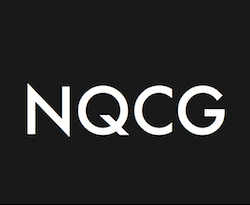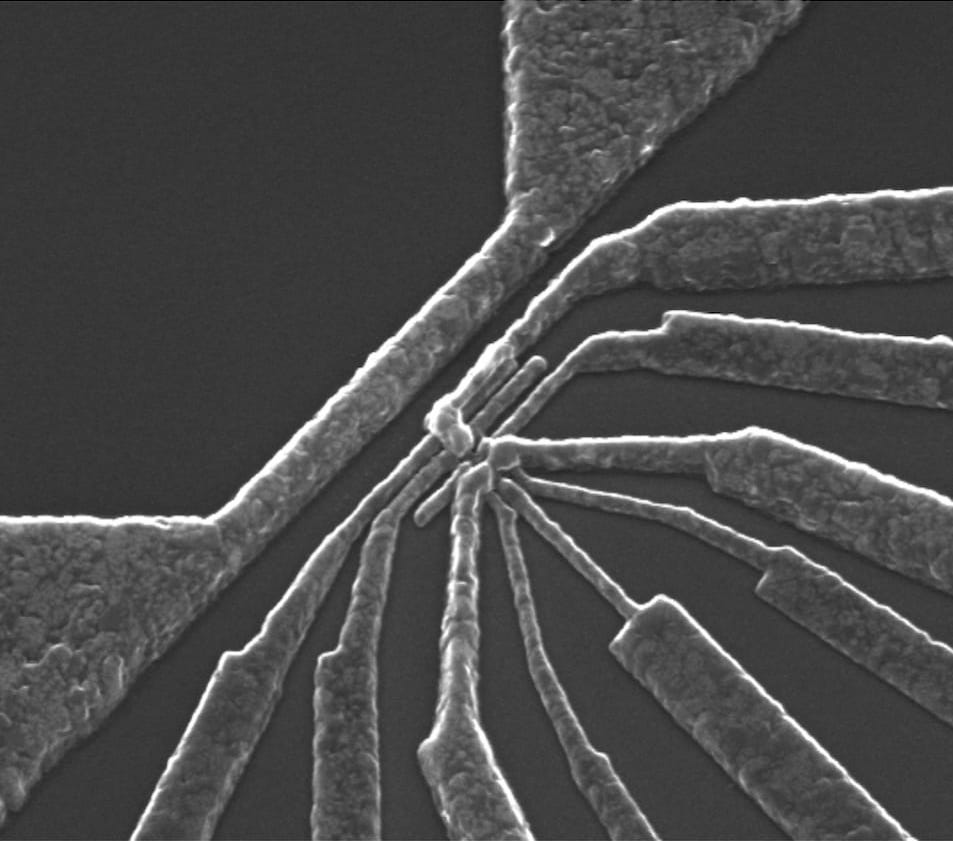Natural Language Processing
As the vast majority of technical results is only available in natural languages, an important component of our Artificial Intelligence strategy is the development of tools for natural language processing to help collect, analyse and process data originally available in conventional language format.
Our tools can collect, process and extract information from scientific publications and other technical documentation to be used in our collaborative ontology engineering environment, in our analytics software and in our machine learning tools.
Key innovations are developed methodologies, techniques and tools for dealing with the document structure and language used in nanotechnologies. Another innovation is dependency parsing of nanotechnology documents.
Syntactic parsing of natural language has witnessed great progress over the last decade and a lot of focus has been recently given to dependency parsing methods. Dependencies are direct relations between two words that provide a simple, intuitive representation of various syntactic relationships. Furthermore, it is direct to encode predicate structures on top a dependency tree, with dependencies that connect predicates to their arguments and indicate the semantic role that arguments play in the predicates.
Computationally, dependency methods have efficient parsing algorithms, both for calculating the best dependency tree of a sentence or to extract a compact distribution of the grammatical and semantic relations of a sentence. The application to nanotechnology documents is being thoroughly investigated.
Back to top
 Image Courtesy A. Dzurak, University of New South Wales
Image Courtesy A. Dzurak, University of New South Wales